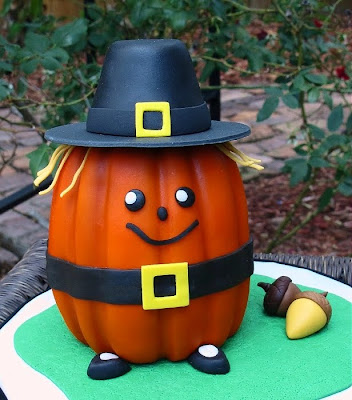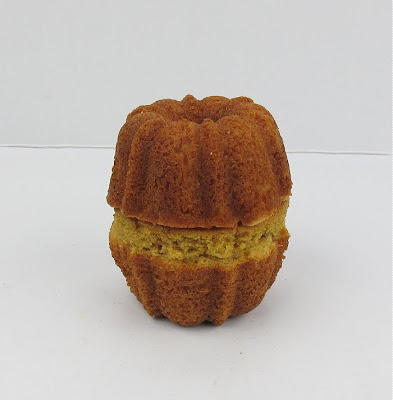Hi ya’ll!!
Have you had enough of summer? I know I have. It’s hot as heck down here in the deep south.
Let’s dream about the upcoming Fall season. Here’s a round up of Autumn themed treats and recipes to help get us ready!
Chocolate Caramel Cupcakes from Sweetopia
Indian Corn Cookies from Sweet SugarBelle
Pumpkin Cake Pops from The Pink Whisk
Autumn Basket Cake from SugarEd Productions
Kitty Cat Pumpkin Cake from The Cake Girls
Chocolate Painted Cake from The Cake Blog
Slice of Pie Cookies from Cookie Crazy
Pumpkin Patties from Mom On Timeout
I can almost smell the scent of pumpkin pie in the air. I hope these got you inspired for Fall baking.
Happy Caking!
Sharon
































































.jpg)





























